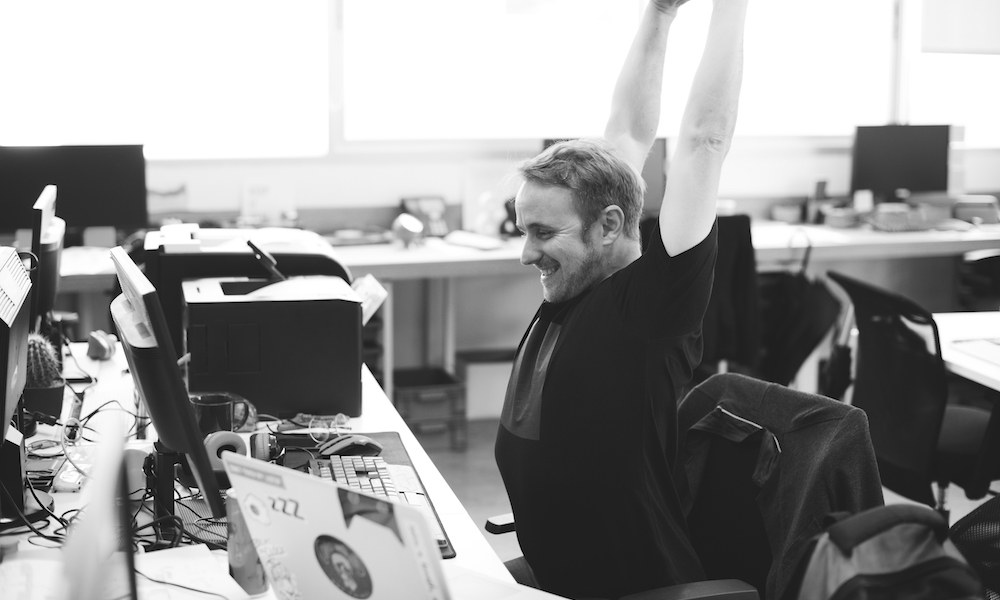Your vascular system bears the brunt of your sedentary lifestyle

With the increasing computerisation and automation of many jobs, sedentary lifestyles are becoming more common. People get up in the morning, go to work and sit at a computer all day, and then go home and sit in front of a television or computer all evening. This type of lifestyle is the modern-day norm, and it’s having major effects on our health. Our vascular system (our heart, lungs, veins, and arteries) depends on some level of activity to stay healthy. When we sit all day, we put this entire system at risk of developing problems.
This isn’t just something that is localised to a few people: a survey of over 2,000 people found that 71% sit for at least four-six hours a day at work, with 25% of respondents sitting for six-eight hours a day at work. Then, considering time spent sitting during leisure hours, 50% are seated for two-three hours of their leisure time, and 31% are seated for four-six hours. A person who is seated for eight hours a day, six hours of leisure, and sleeps eight hours a night is seated for 87% of their waking hours. This is a worrying figure that applies to nearly a third of the survey respondents.
The first type of problem that can develop from this type of lifestyle is that your heart may suffer. The cardiovascular system depends on fats being moved fluidly throughout the veins and arteries. Long periods of sitting deactivate the lipoprotein lipase, and this deactivation means that fats are not properly broken down, instead they build up in the blood vessels. A study undertaken in 2010 found that those who spent four hours sitting down watching TV per day compared to those who spent two hours watching TV had a 125% increase in cardiovascular disease.
Next, consider the fact that other parts of your body may also be at risk of developing problems, such as in your back, neck, legs, and hips. When you sit down, it’s natural to slowly fall into a slumped or slouching posture. This puts a strain on your back, shoulders and neck, and your discs and joints become sore and achy. Your leg and hip muscles become weaker as you spend more time sitting, leading to atrophy. In your legs in particular, prolonged sitting can lead to poor circulation, increasing your risk of developing varicose veins.
Vein specialist Eddie Chaloner notes that “Staying active helps to encourage healthy venous return by engaging the muscles in the lower leg. This reduces the risk of blood pooling and distending the vein. Try doing a set of ten ankle pumps every half hour or so if you are forced to sit for a long period of time: raise your toes towards your shins and then point your toes down to the ground and repeat.”
In addition, as our society becomes more sedentary, more young people are developing these types of conditions that are typically associated with older people. A private healthcare group gathered data from over 30,000 procedures, and found that the “removal of haemorrhoids and varicose veins were two of the most common procedures in the heart and circulatory diseases category for both 26 to 35-year-olds and 36 to 45-year-olds”. Both of these conditions occur more frequently when the patient is less active and spends a large amount of time sitting down.
Any way in which you can make your lifestyle more active will help to reduce your likelihood of developing these types of issues, but at the end of the day this is a societal problem that we need to deal with. Sedentary lifestyles need to be shifted away from, and even small changes can make a big difference: try using a standing desk, going for a short walk regularly throughout your work day, and use your leisure time doing more physical activities.
The editorial unit
























Facebook
Twitter
Instagram
YouTube
RSS